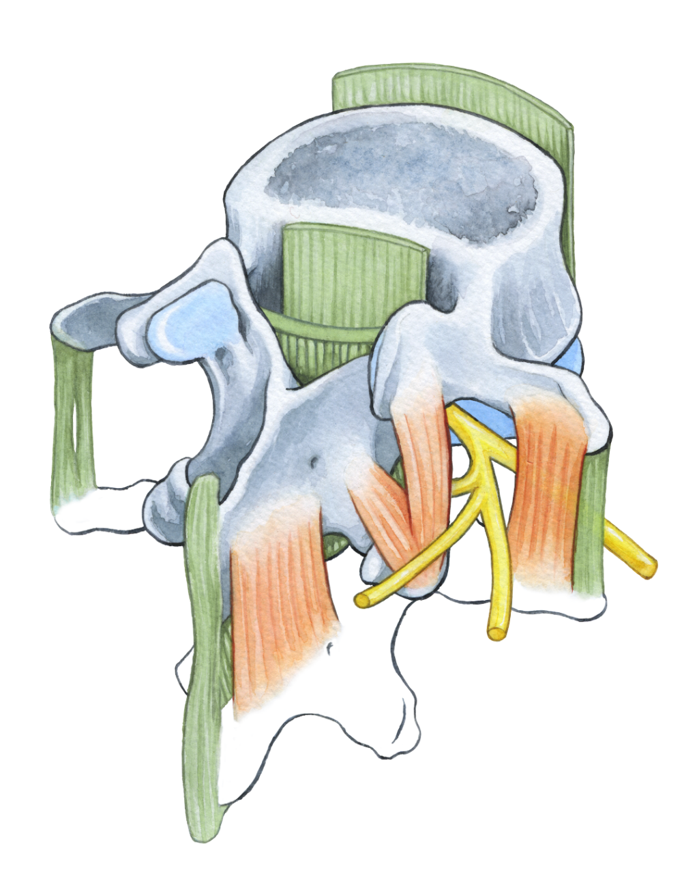To conclude, let us reiterate that the factors responsible for scoliosis may be multiple and variable from patient to patient. The osteopathic approach to scoliosis always requires in each case a detailed general examination and a hierarchised specific treatment. Furthermore, the osteopath must never work in isolation but rather, in close collaboration with other participants in physical and orthopaedic medicine.
[1] Also called primitive (primary) or essential scoliosis.
[2] In which case, the scoliosis is no longer primitive (primary)!
[3] This list of key points is not exhaustive. Other osteopathic lesions, such as a lesion of the arterial ligament, the aorta and certain visceral fixations should also be mentioned here.
[4] We have noticed this phenomenon in the case of severe juvenile scoliosis where our intervention was pivotal to the outcome (the different orthopaedic corsets/braces had given no results prior to the first osteopathic consultation).
[5] In cranial osteopathy, this horizontal torsion of the cranial dome unfortunately goes unnoticed since it is outside the scope of classically described sphenobasilar dysfunctions.
[6] The differential diagnosis between cranial torsion and torque of the encephalon requires a very specific inhibitory balance test.
[7] In the most common case, thoracic scoliosis with right convexity, we usually find an inferior left mastoid compared to the right with an asymmetrical torsion between the right and left tympanic parts of the temporal bones.
[8] We are not referring to the C0-C1 articulation, but rather, to the alignment between the occiput and the apex of the odontoid process (C0-C2 junction).
[9] In every case, regardless of the cause of the vertebral torsion, the osteopathic approach remains the same.
[10] This fact may be verified with a simple measuring tape.
[11] Neuromuscular point corresponding to the acupuncture point 46 Bladder (Ge Guan, door to the diaphragm).
[12] These coxal intraossous lesions may be acquired before birth (intrauterine malposition) or during childhood (trauma, falling on the buttocks).
[13] This is one of the reasons why one must be able to properly differentiate between, for example, an articular anterior ilium (in relation to the sacrum) and an intraosseous anterior ilium (in relation to the ischium or the pubis). To correct intraosseous lesions of the coxal bone using the recoil, the points of contact on the ilium, ischium or pubic bone are determined through specific tests.
[14] Just like a string that is too tight will increase the curvature of an arc.
[15] This topic alone could be the subject of an entire article. In the presence of a leg length difference and a varus/valgus deviation in a child, the osteopathic treatment consists of regulating the growth of the femur and the tibia by neutralizing lesions of intraosseous lines of force, while stimulating the growth cartilage and normalizing tension on peripheral nerves.
[16] The occipital axis is defined as the vertical line passing through the spinous process of C7 and the intergluteal cleft. A deviation of the occipital axis results in a lateral imbalance of the superior block (head and thoracic spine) in relation to the inferior block (lumbar spine and pelvis). In our experience, these « off-centred scolioses » present in adults a risk of aggravation towards degenerative scoliosis.
[17] Many patients suffering from severe scoliosis were able to avoid surgery, as a result of the osteopathic treatment proposed in this article.








